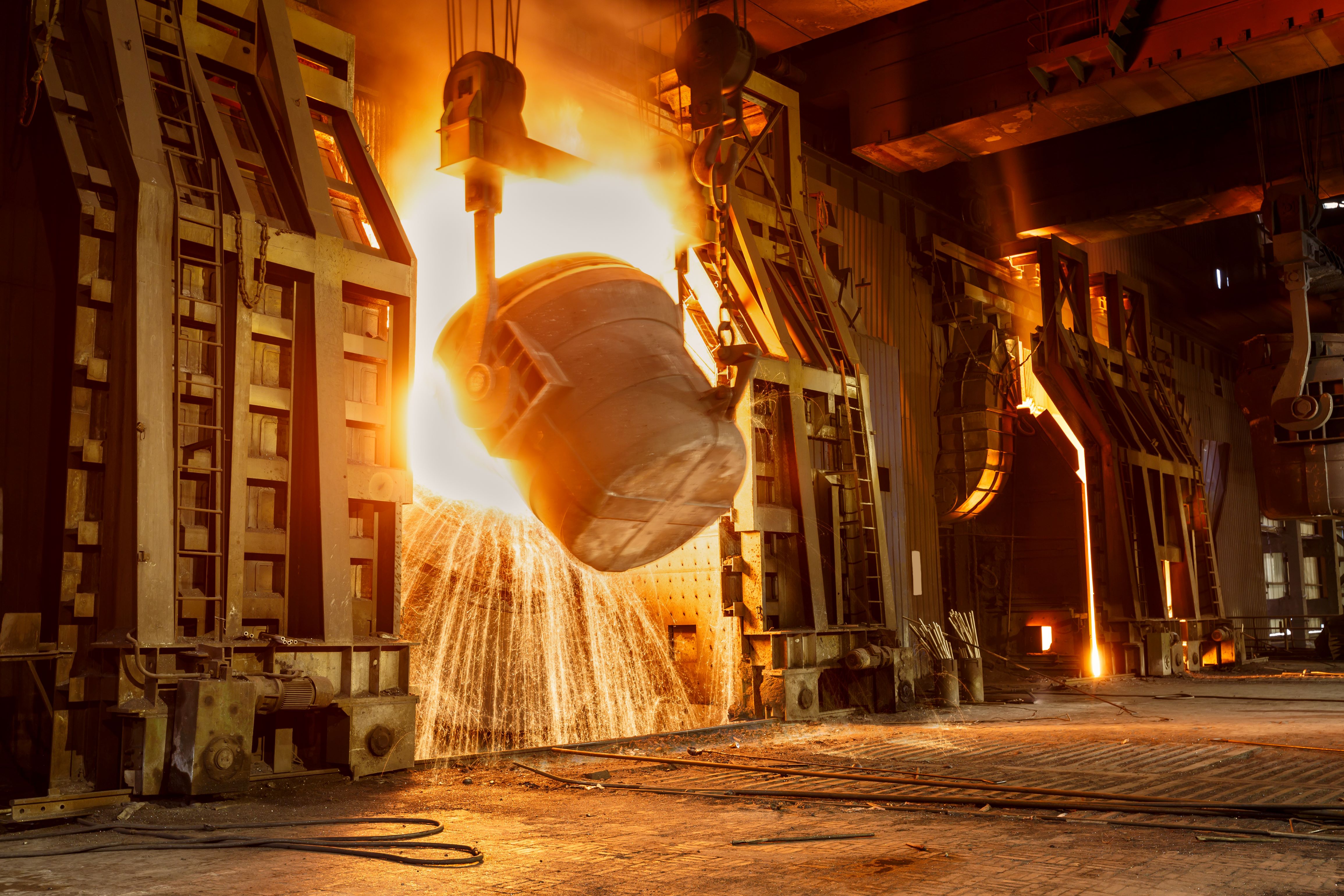
Chancellor Jeremy Hunt is expected to introduce a Carbon Border Adjustment Mechanism (CBAM) in his Autumn Statement later this month (22 November).
Under a CBAM, additional taxes could be placed on imported products that are made using highly polluting processes, partly to safeguard domestic industry from goods produced in countries with less stringent environmental standards.
According to the FT, insiders said the expectation was that CBAM would be in the Autumn Statement, but could slip to the Spring Budget next year, as Whitehall negotiations continue.
UK industry
Environmental website edie reported polling by climate think tank E3G which found that 73% of UK manufacturers supported the introduction of a CBAM.
A UK government consultation was launched earlier this year as part of ‘green day’ – a series of environmental and energy security announcements – and ran until 22 June.
EU-UK
Hunt is expected to announce that the UK programme will launch at the same time as the EU’s to avoid the risk that the UK becomes a ‘dumping ground’ for steel products that would otherwise face European tariffs.
Anna Doherty, senior trade and customs specialist at the Institute of Export & International Trade (IOE&IT), said:
“With the UK and EU supply chains closely aligned, any EU measure impacts on UK businesses, so it makes sense that the UK is considering its own CBAM.
“Timeline for implementation will be tricky though, if the UK is using the EU’s system as a blueprint, as there is still so much to be analysed and confirmed.
“For UK businesses that trade with the EU, it would be best to have as much of EU CBAM reflected in the UK CBAM to remove some of the administrative burden and uncertainty that can come with misaligned regulation.”
E3G’s poll also found that one in seven UK manufacturers thought that a UK CBAM should be aligned with the EU’s version.
Prime minister Rishi Sunak said earlier this year that the idea of EU-UK cooperation was “reasonable and sensible”.
2026 deadline
The EU already introduced the trial phase of their own CBAM earlier this year (1 October), with full implementation expected to take place in 2026.
The European levy currently applies to six sectors: cement, electricity, fertiliser, iron/steel, aluminium and hydrogen.
These sectors were selected for inclusion due to the high level of greenhouse gas emissions caused by their production, as well as their high risk of ‘carbon leakage’.
Carbon leakage is when firms move production processes from countries that exact high levies on carbon emissions to those with lower ones – undermining efforts to minimise the final amount of CO2 emitted.
Scrap steel
As reported previously by the IOE&IT Daily Update, the EU’s CBAM is expected to have a large impact on the commodities market.
Speakers at the London Metals Exchange’s metals week in October said that they were expecting the scrap metal market to grow substantially over the next few years, as manufacturers and producers look to avoid paying border levees on carbon-emitting goods.
Financially, futures contracts for scrap metal were described as the next major market for metals traders, reflecting an international interest in the goods.



